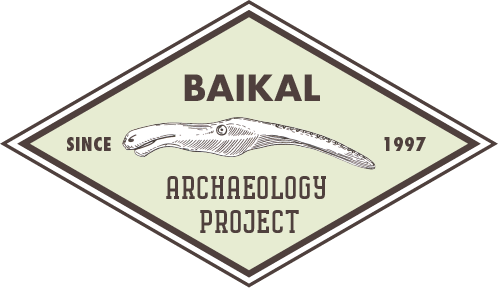Middle Holocene hunter-gatherers (HG) of the Cis-Baikal, Eastern Siberia, display substantial spatiotemporal variation in adaptive strategies highlighted by several cultural transitions. These transitions are examined focusing on the role of the following factors: (1) changes in the distribution of the boreal forest; (2) technological innovations; (3) intensification of fishing; and (4) their combined impacts on subsistence and social structure. The expansion and retreat of boreal forest was important because it directly affected the distribution and abundance of large and medium terrestrial game, the core of subsistence for all Middle Holocene HG in the region. All other things being equal, expanding forests meant less game while shrinking forest meant more game and more living space for HG. The bow was crucial not only due to its technological superiority over the spear and atlatl as a game hunting weapon but also because its flexibility allowed it to work equally well for groups of any size and in any environment – forest or steppe. The much higher return rates associated with bow hunting freed enough labour to be allocated to other activities such as the intensification of fishing. Fishing and fisheries were important because they worked as a differentiating force: the more intensive the fishing, the more limited its spatial distribution and the greater the micro-regional differences between cultural patterns. Intensive fishing and game hunting pulled the adaptive strategies in two opposing directions: fishing towards differences and hunting towards similarities between groups and micro-regions. Social relations were important because they fine-tuned the social fabric to optimize the general strategy. Together, these factors account for all cultural transitions and variation documented for the Middle Holocene HG of Cis-Baikal: Transition 1 – formation of the Late Mesolithic cultural pattern with incipient formal cemeteries ~8630 cal BP; Transition 2 – replacement of the Late Mesolithic system on the Angara and in Southwest Baikal, but not in the Little Sea or on the Upper Lena, by the Early Neolithic Kitoi pattern with its very large cemeteries ~7560 cal BP; Transition 3 – collapse of the Kitoi by ~6660 cal BP followed by the formation of the Middle Neolithic pattern with no cemeteries; Transition 4 – reappearance of cemeteries ~6060 cal BP and the establishment of the Late Neolithic pattern; Transition 5 – formation of the Early Bronze Age system ~4970 cal BP; and lastly, Transition 6 – the end of the Early Bronze Age socio-economic pattern by ~3470 cal BP.
Аннотация. Представлена базовая модель эволюции культуры среднеголоценовых охотников-собирателей Предбайкалья, разработанная с учетом изменений в распространении бореальных лесов, технологических ин-новаций и интенсификации рыболовства. Культурные изменения маркируются такими переходами, как: 1) формирование позднемезолитической модели с первоначальным появлением могильников ~8630 кал. л. н.; 2) замена позднемезолитической модели на Ангаре и юго-западном Байкале ранненеолитической китойской системой с крупными могильниками ~7560 кал. л. н.; 3) упадок китойской модели ~6660 кал. л. н. и формиро-вание системы среднего неолита без могильников; 4) повторное появление могильников ~6060 кал. л. н. и ста-новление поздненеолитической модели; 5) формирование системы раннего бронзового века ~4970 кал. л. н.; 6) окончание модели раннего бронзового века ~3470 кал. л. н.


